Norwegian billionaire Kjell Inge Rokke is using his bottomless reserves to give something back, after overseeing the creation of a £280million superyacht which will be intermittently offered to scientists.
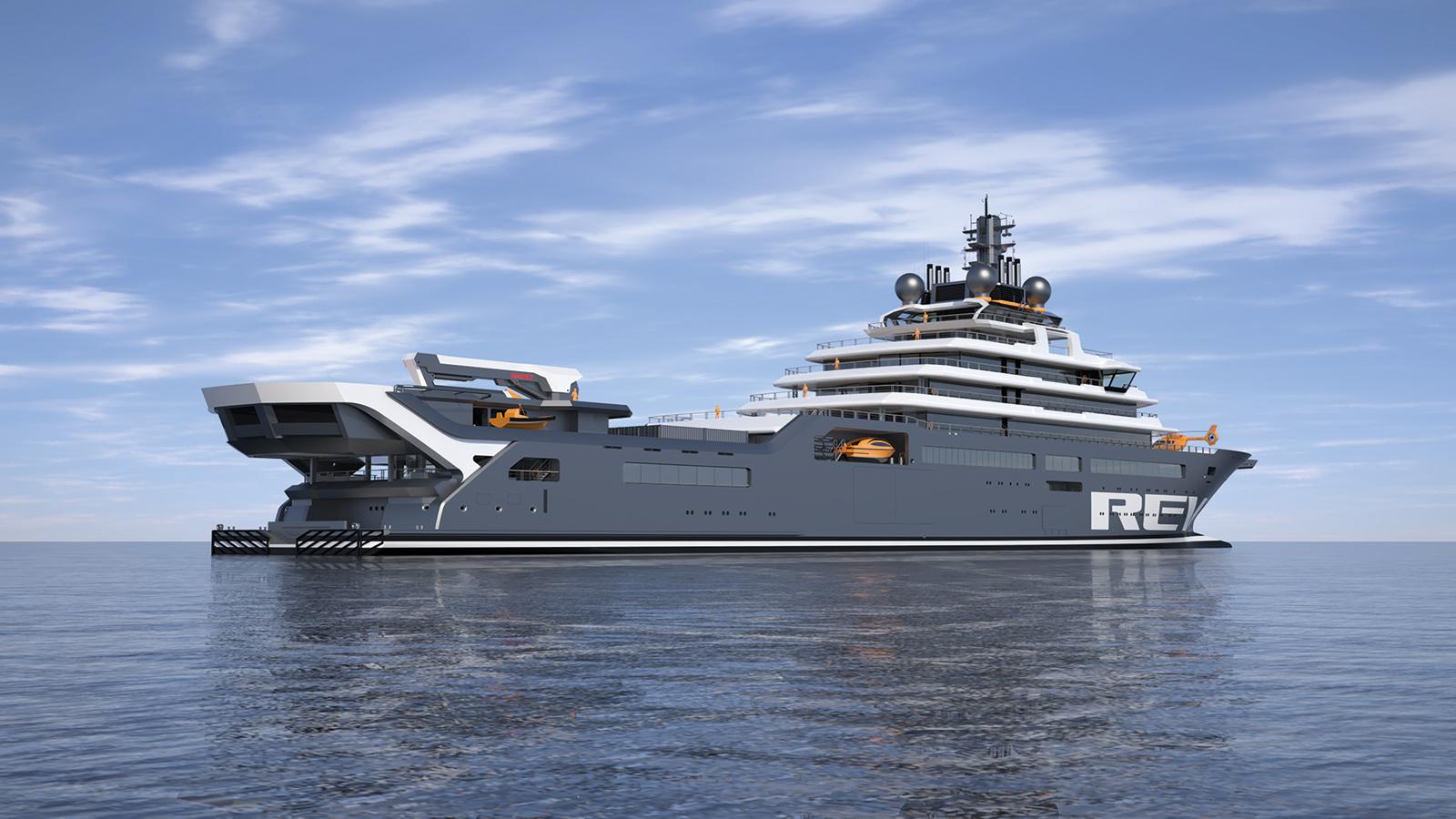
The magnificent vessel, named the REV Ocean, stands as the worlds largest of its kind, and comes lavishly furnished with three swimming pools and two helipads.
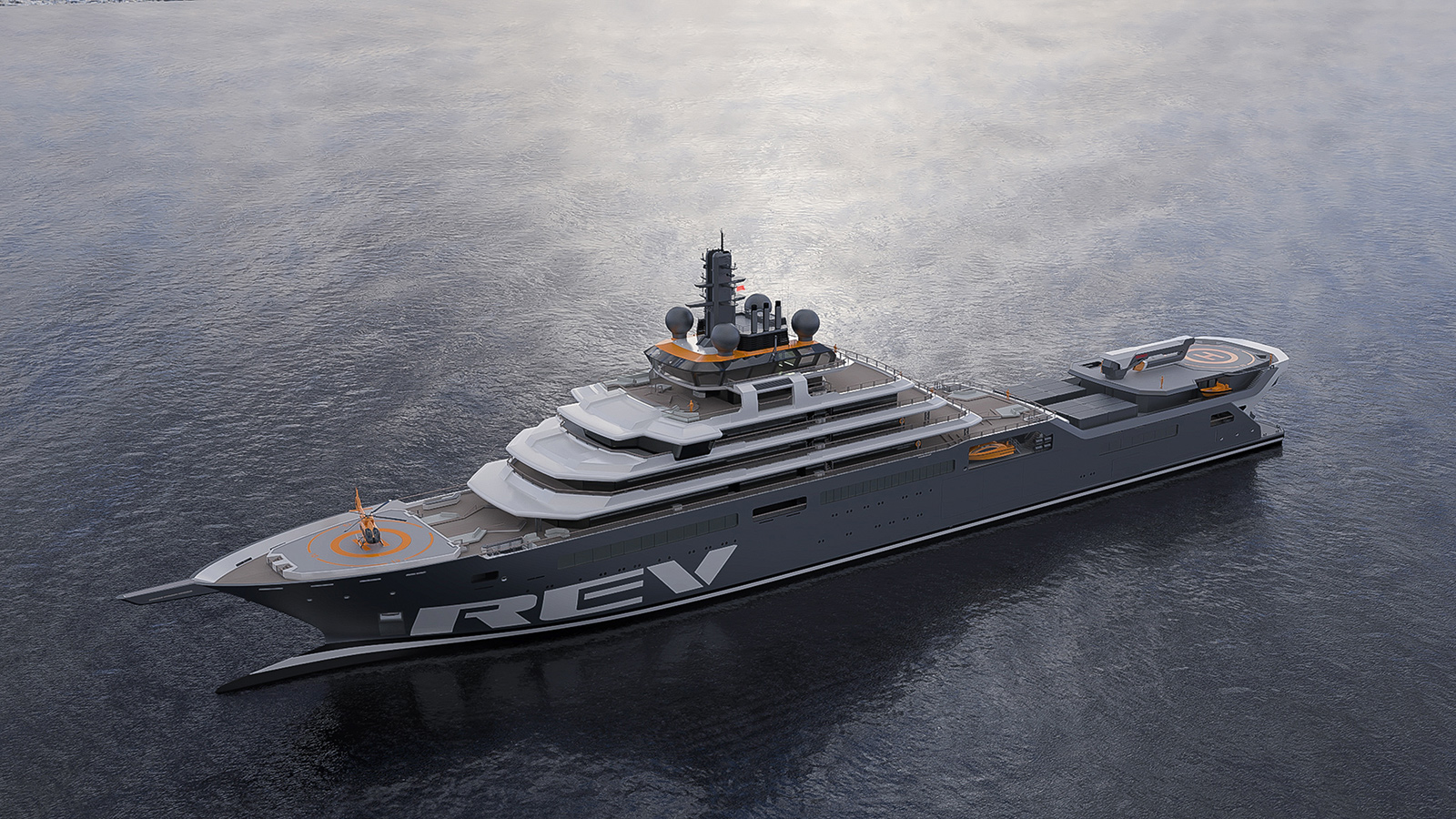
Yet it is the eight separate laboratories which will be of most interest, with the oil and fishing tycoon set to invite up to 400 marine scientists a year to spend three to four weeks each on board studying how to protect the ocean from climate change, overfishing and plastic waste.
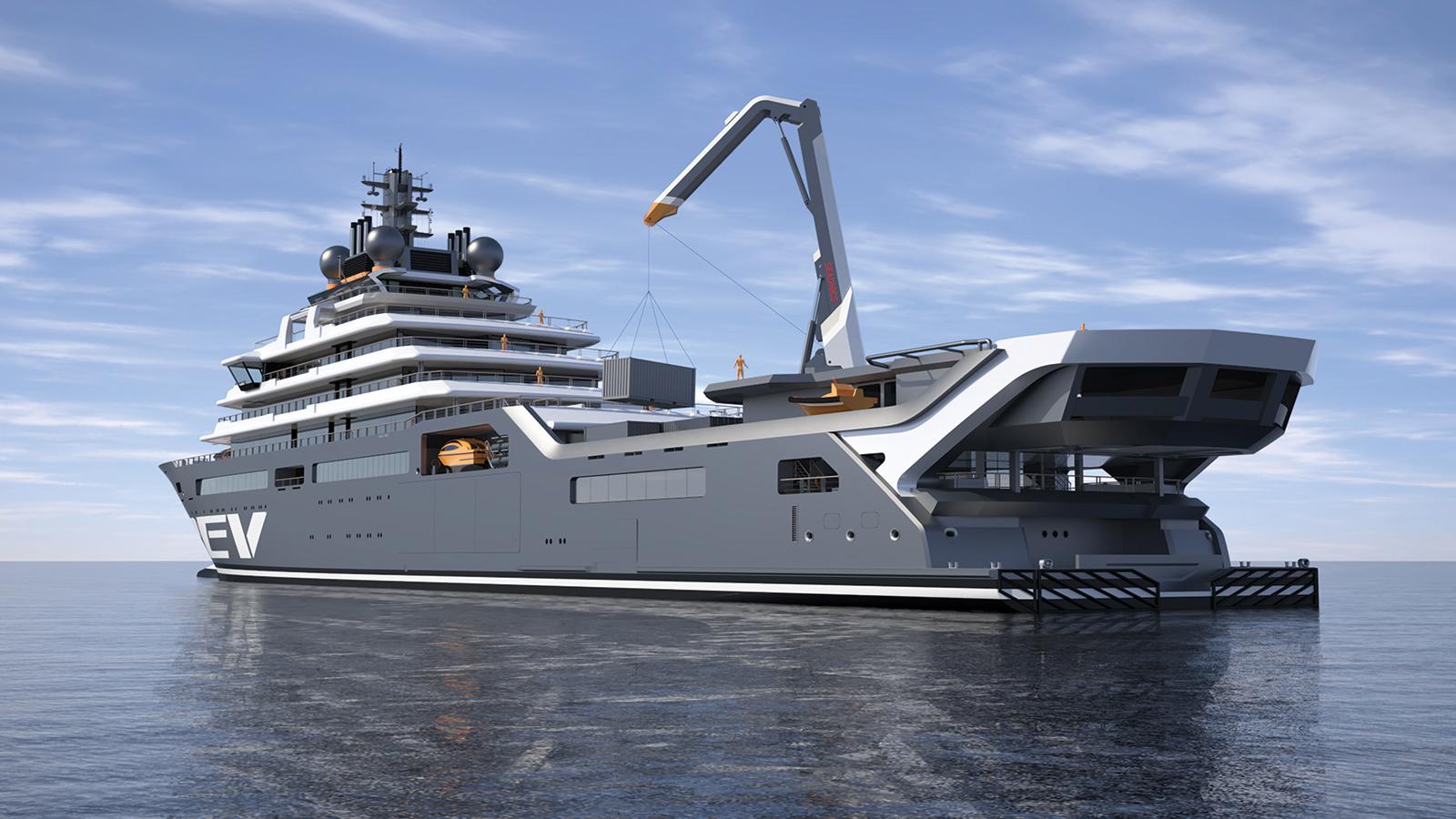
Scientists will be given free use of the REV Ocean, a 600ft research and expedition vessel, for a third of the year, as report the Times.
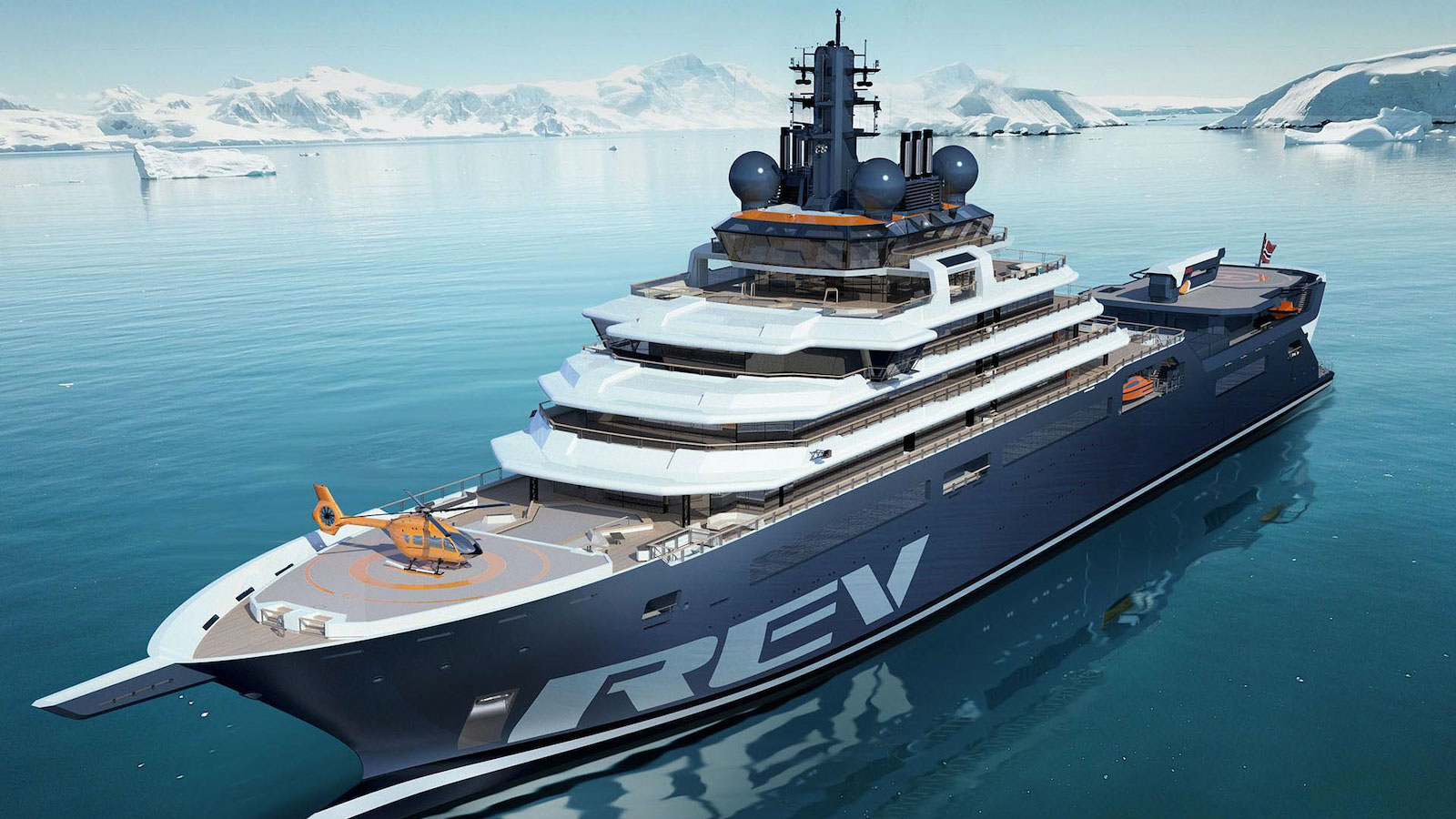
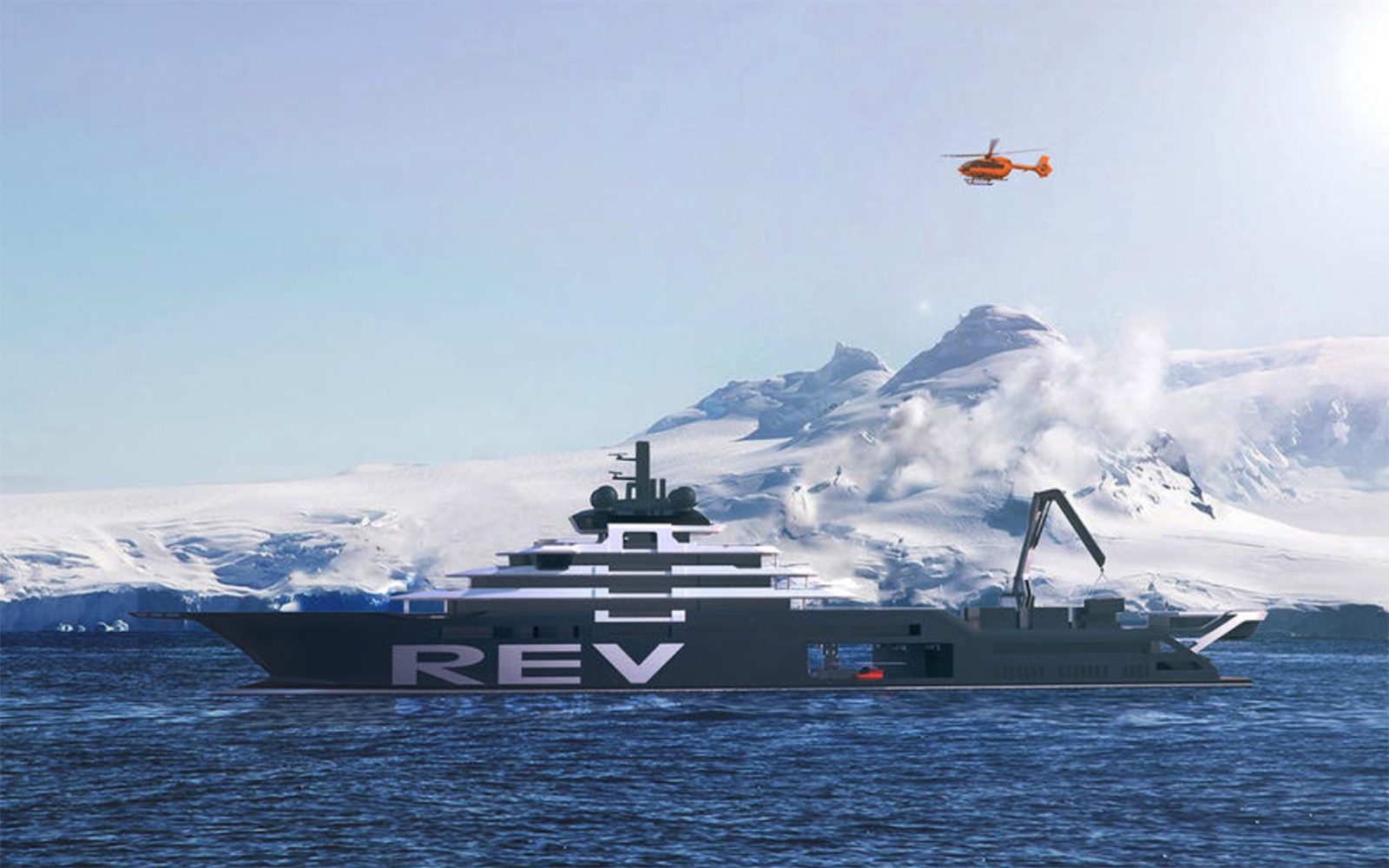
It will be used for expeditions for another third and for private charter for the rest of the year to help fund the science. The huge superyacht is currently being fit out in Brattvaag, Norway, and is poised to set sail later in the year.
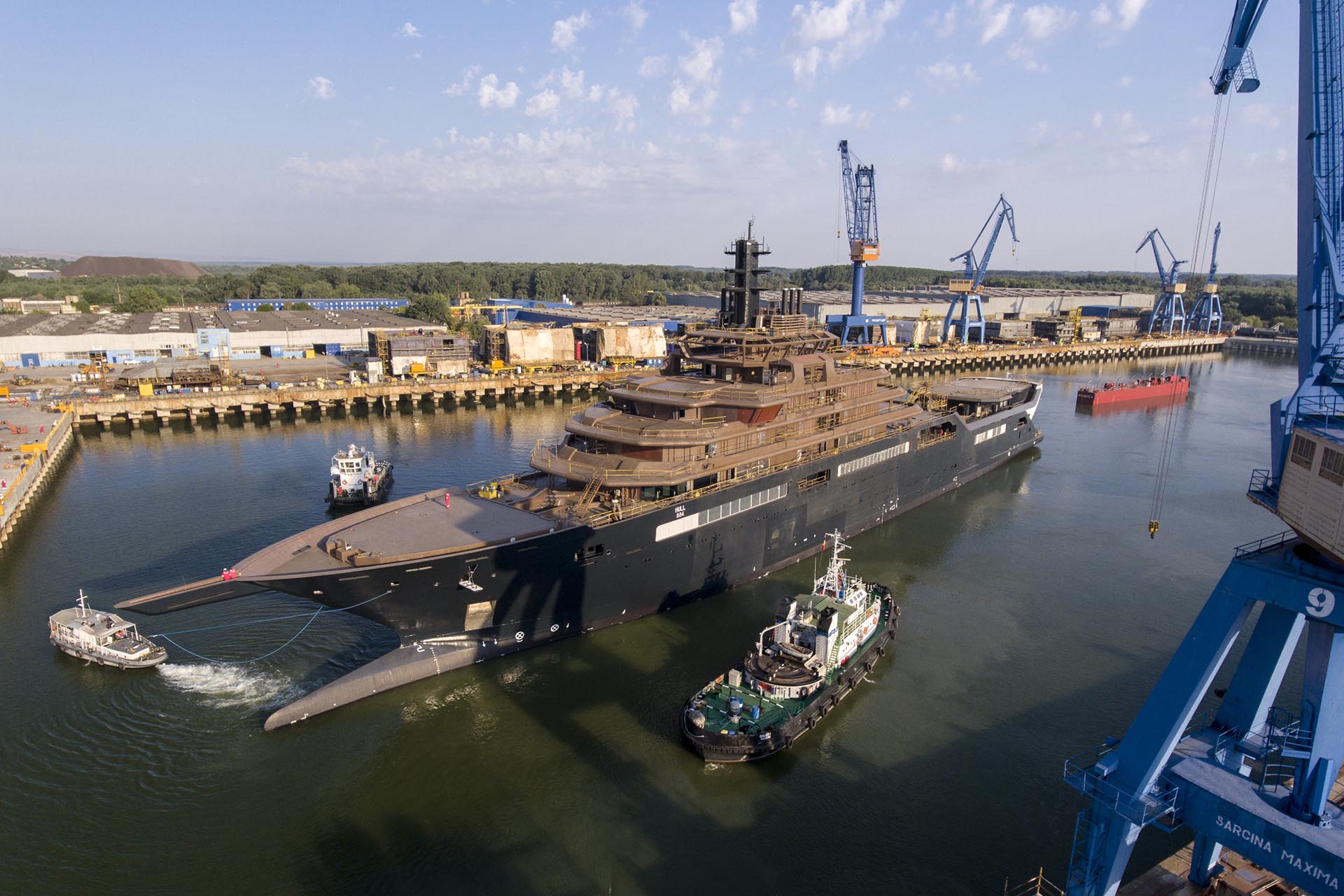
The jaw dropping £280m vessel has its eight labs which come decked out with scientific equipment worth more than £20 million, including a submarine for three people that can descend one and a half miles. It also has a robot to survey and gather samples on the sea bed at a depth of almost four miles.
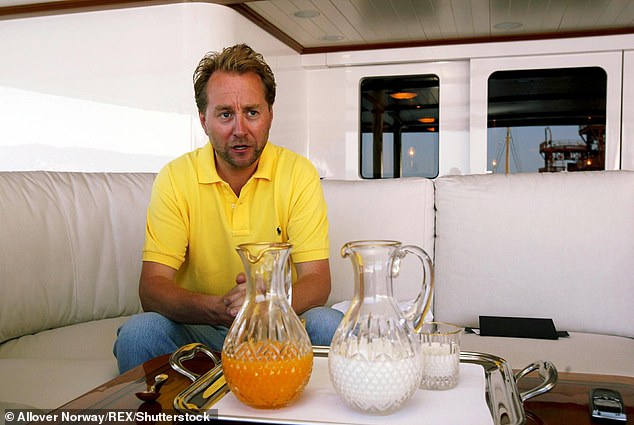
Mr Inge Rokke, 61, has overseen designs to be as workable as possible for scientific use, with the ship possessing a unique trawl system to gather samples of fish and suck them into a laboratory without crushing them, allowing them to be released unharmed.
The Rev Ocean uses up to 25 litres of diesel per nautical mile at ten knots and can stay for 120 days at sea without needing refuelling, allowing it to reach the most remote parts of the ocean and therefore making it ideal for deep sea exploration.
Mr Inge Rokke, 61, had humble begins in the working world and started off working as a deckhand on a fishing vessel after dropping out of school in Norway.
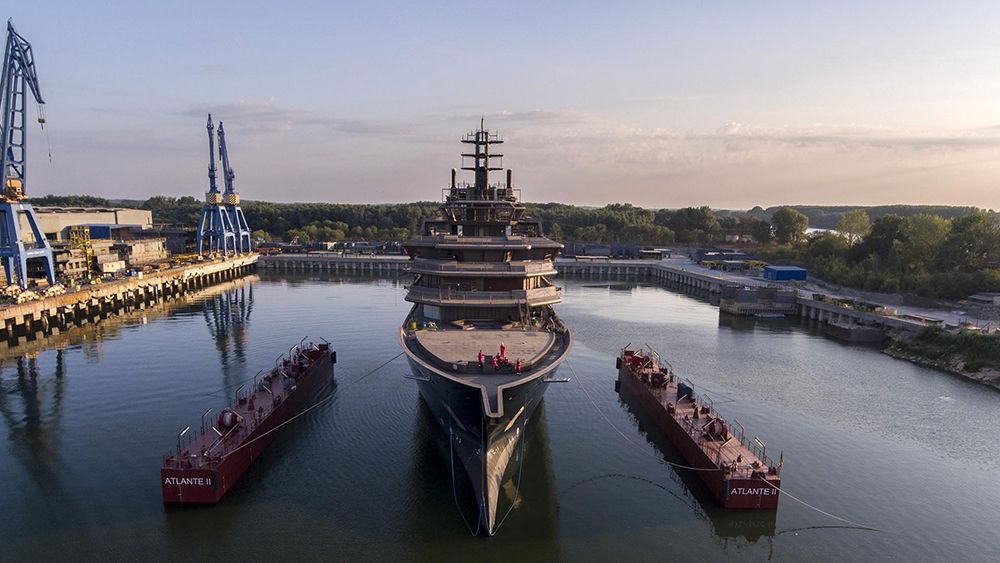
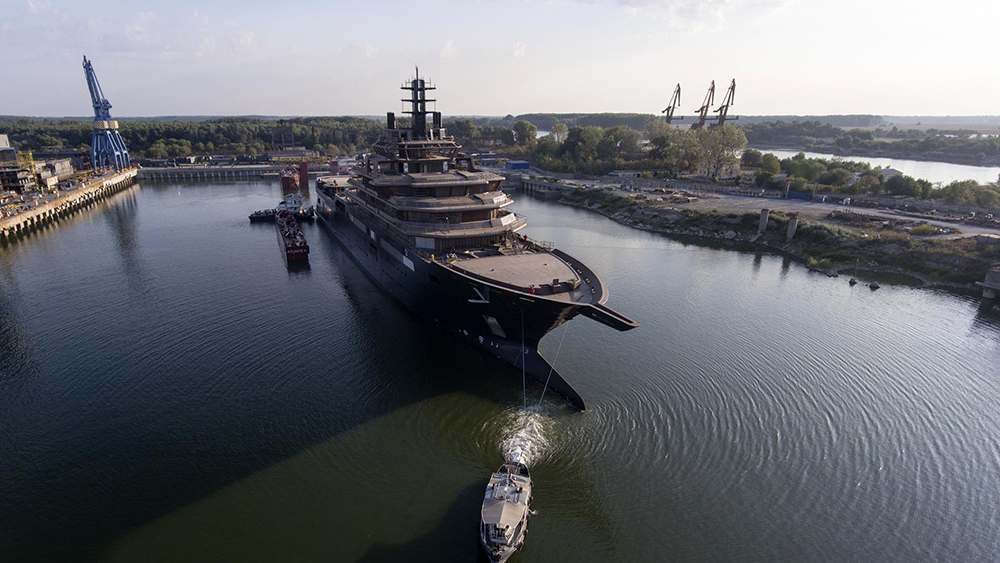
He amassed his now £1.4 billion fortune initially by running a fleet of fishing vessels before moving into offshore drilling and earning vast sums in oil extraction and trade.
His company, Aker Energy, has a range of subsidiaries focusing on oil and gas. He has no plans to stop drilling and admits that he is ‘part of the problem’ that he is inviting scientists to investigate.
His company owns half of a vast oilfield discovered recently in deep waters of the south Atlantic off Ghana.

The Norwegian billionaire served a month in prison in 2005 after trying to bribe a Swedish yacht inspector for a licence. Looking to bring on board some of the world’s top leading academics to the project, he has hired Oxford University’s leading marine conservation scientist Alex Rogers as science director.
Professor Rogers is helping to draw up plans for the Ocean’s 250-day maiden voyage from the Arctic to the Antarctic, with a display visit to London. Among the itinerary, scientists will begin studying the effect of declining sea ice in the Arctic on bowhead whales, one of the world’s oldest living mammals.
The extent and impact of plastic pollution from the surface to the deep sea will also be measured, along with the impact of illegal fishing in the Pacific and ocean acidification.
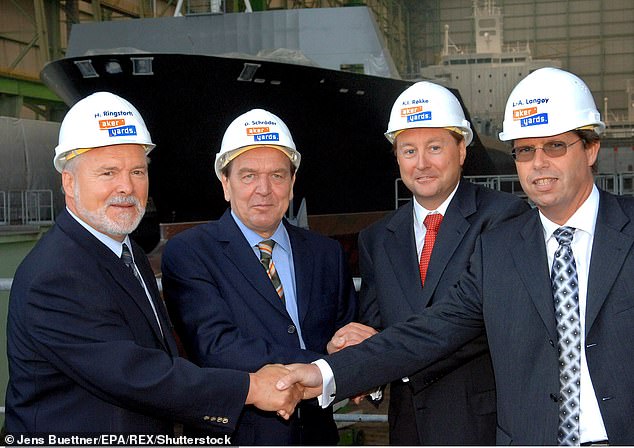
Professor Rogers told the Times it had been difficult to leave his ‘steady academic job’ at Oxford but Mr Rokke convinced him that he was passionate about supporting ocean research. He said that the scientific tools would also appeal to paying guests. A remotely operated submersible to ‘visit the Titanic would be feasible’, he added, which could be a highly lucrative earner.
Mr Rokke has also recruited Nina Jensen, former head of the World Wide Fund for Nature in Norway, to be the chief executive of the vessel. She admitted that Mr Rokke’s plans for oil and gas extraction presented ‘huge dilemmas’.
‘That was one of my big reservations in taking the job,’ she said, adding that she continued to have ‘lengthy discussions’ with Mr Rokke about opening up oil and gas fields.
Upon signing on the dotted line however she has secured a pledge from him that the Aker energy group would not seek to extract oil off the Lofoten archipelago in the Arctic, which is considered a natural wonder.
Video: Norway celebrates constitutional day amid ongoing lockdown
Share or comment on this article: Billionaire builds £280million superyacht with eight laboratories and submarine for scientists.
